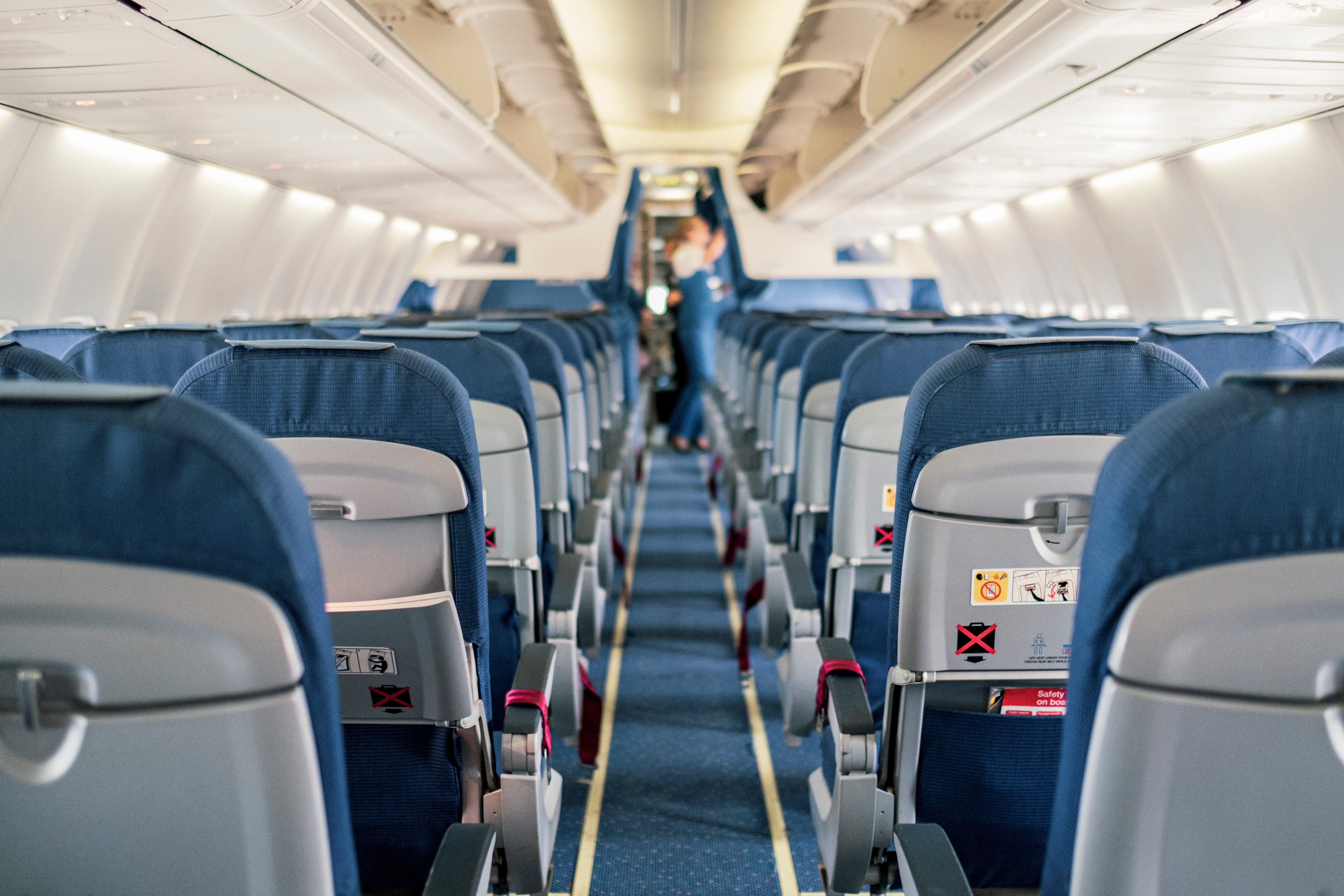This is the safest seat on an aeroplane, according to an expert
Air travel as the ‘safest mode of transport’, says flight expert

An aviation expert has revealed where the safest seat is on an aeroplane.
Writing for CNN Travel, aviation expert Doug Drury shared that “there is no real need to worry about safety when you board a commercial flight,” confirming that “air travel is the safest mode of transport.”
According to Mr Drury has imparted his advice about the safest place to sit overall while flying.
He told CNN that the middle section of the back row on a plane was the best place to sit, statistically speaking.
The expert has analysed TIME research published in 2015. This study looked at aircraft accident data over a 35-year time period, to establish the safest seats.
Findings established that seats in the back third of the aircraft were linked with a 32 per cent fatality rate.
Meanwhile, the middle third and front third had 39 per cent and 38 per cent fatality rates respectively.
Explaining why this is the case, Mr Drury said: “Sitting next to an exit row will always provide you with the fastest exit in the case of an emergency, granted there’s no fire on that side.”
However, he disputed the middle exit section as being best, because fuel is stored in the wings of a plane, thus disqualifying it as the safest seat row option.
“At the same time, being closer to the front means you’ll be impacted before those in the back, which leaves us with the last exit row,” he wrote.
Sitting in the middle is safer than being by the window or aisle, he explained, “because of the buffer provided by having people on either side.”
Mr Drury concludes that different variables can affect safety, and generally speaking, larger aeroplanes offer extra protection if an emergency were to occur.
He also emphasises that “pilots are trained to minimize potential risk in an emergency event as best as they can.”
However, that and the safest seat positioning does depend on the hypothetical emergency considered.
Join our commenting forum
Join thought-provoking conversations, follow other Independent readers and see their replies
Comments
Bookmark popover
Removed from bookmarks